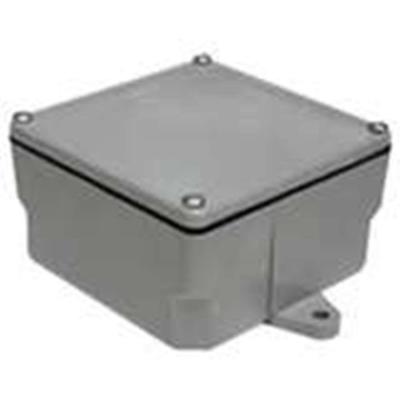Hello Rex,
Here at Wilson F/X our target market is club sized systems. So what we use for enclosures is designed for that club-sized launch system market. We do make single-pad systems for individuals, but even these are designed to also plug into their club's Wilson F/X launch system in order to expand its capabilities. So we use the same kinds of NEMA certified enclosures as Mike in #2 of this thread. We see temps from 20 below zero to over 100 degrees. We see rain, dust clouds, snow, sleet, fog, blistering heat, etcetera!
About 99% of the enclosures that we use are NEMA certified enclosures designed to be used as outdoor electrical junction boxes. We use both Carlon and Cantex junction boxes because of the added variety of sizes available. But we didn't start out using them.
Back in the mid 1990's we used RadioShack project enclosures. But they don't seal well against the year round extremely hostile environment of the outdoors here in the upper Mid West. We used some plastic tool boxes for controllers, but gave that up as the only inexpensive way to make a face plate to fit inside the lid was to use plywood. Again, it worked great, but long term use in the outdoors degrades plywood and we wanted to build for longevity of use.
We have built a few custom controllers using Pelican cases, but machining an aluminum faceplate is very expensive. So we only do these for those with much larger budgets. This is the other 1% of the launch systems that we build.
Hope that helps.
Brad












